THE IMAGE AND THE WEB
Today a considerable part of architectural production is shaped by the marketing strategies. These strategies are mainly communicating with images and words, which has an immense influence on the production of architecture as well. This led in the 90s towards a shift to star-architecture, where the brand of an architect popped up to the front, making the actual architectural product less important. Buildings got more and more conceptualised as signs rather than things, followed by a wider cultural tendency towards the substitution of reality for representation. The parallel development of the Internet and the emergence of new ways of communication through various channels of social media, starting with Facebook, Twitter and Pinterest and leading to todays most prominent platforms as Instagram and Tiktok strengthened this phenomena massively. In these channels of social media we can see a continuous movement from text to image to videos. The continuous flow of images and replacement in time is melting together the visual production of the Internet to a homogeneous mass of something. The ephemeral condition of these media allow content to reach new levels of flatness.
Since social media platforms allowed young architectural offices to gain recognition and possibilities to realise their work, the mechanisms of these platforms also influenced architectural production greatly. Attention is gained through the composition of an image, hereby it does not matter if the project is actually built or not. Renderings start to look like reality and reality like collages. Plans are getting graphical and colours more numerous. The image needs to trigger an interest in few seconds. Of course this influences not only the production of architecture, but also to the reception of it. A broad array of Instagram pages, Tumblr sites and newsletters are floating us every day with new images, daily dose, okoloweb, socialistmodernism and so on.
Interestingly one could observe in the last few years a growing interest of various social media platforms for brutalist architecture. Less the exact definition of Brutalism is important, but the spectacular formal language and expressive use of concrete. Even though for Reyner Banham who partially coined the term in his publication “New Brutalism” it was rather an ethic than an aesthetic movement, he already mentioned that it is essential that a building of this kind stays as an image in the mind. And maybe exactly this expressivity of many buildings of the time contribute to their success on social media.
With #SOSBrutalism launched in October 2015 this hashtag has been started as a tool for fans of brutalism to communicate on across various platforms as Facebook, Twitter, Instagram Tumblr etc. But at the same time the founders of the hashtag had an activistic background with the goal to save endangered brutalist building all around the world from destruction. They try to use the mechanisms of the fast paced social media channels to achieve another goal in our real world.
But the web has multiple layers and cannot only be reduced to a place of constant consumption of flattened content. Even though one part of it clearly works in this consumeristic and populistic way, luckily there is still the second layer, which is concerned about democratic and egalitarian distribution of information. This layer lies deeper, at the core of the invention of the world wide web and it helped to educated millions of people all around the world. The participatory online encyclopaedia Wikipedia can be seen as the most prominent platform of this part of the web, but also scientific platforms as sci-Hub that engage for freely accessible knowledge.
To go beyond mere consumption of an image and more towards a public discussion, it is extremely necessary that neutral, accurate and verifiable information is available. One can see these two layers as the stimulus and the brain. As human beings we have to manoeuvre our whole life in-between them, but on the web they are strangely disconnected. How does content need to be created in order to connect these two layers and use the Web to its full potential?
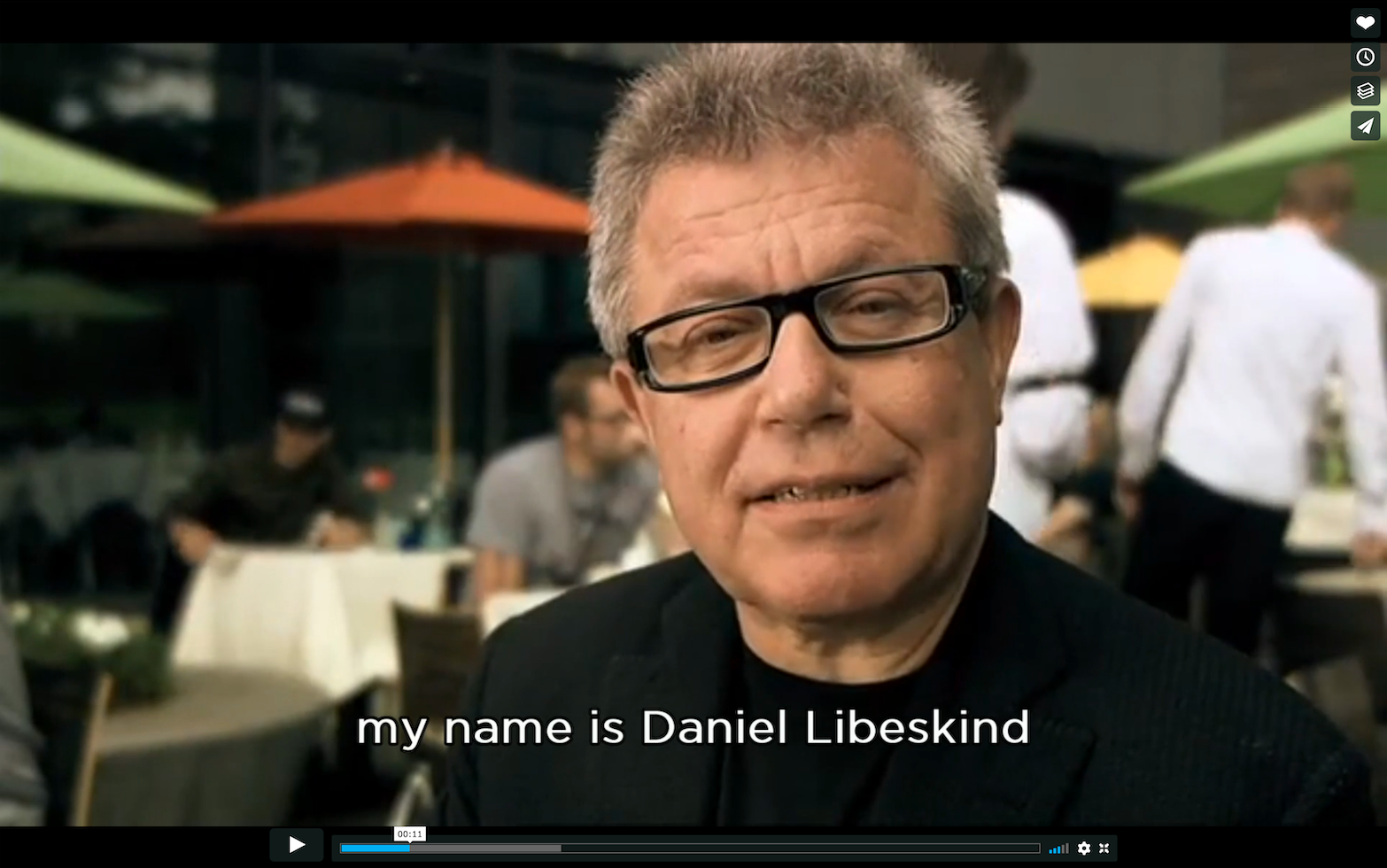
Davide Tommaso Ferrando Daniel Liebeskind - The(Un)RealShit - Talk to the End
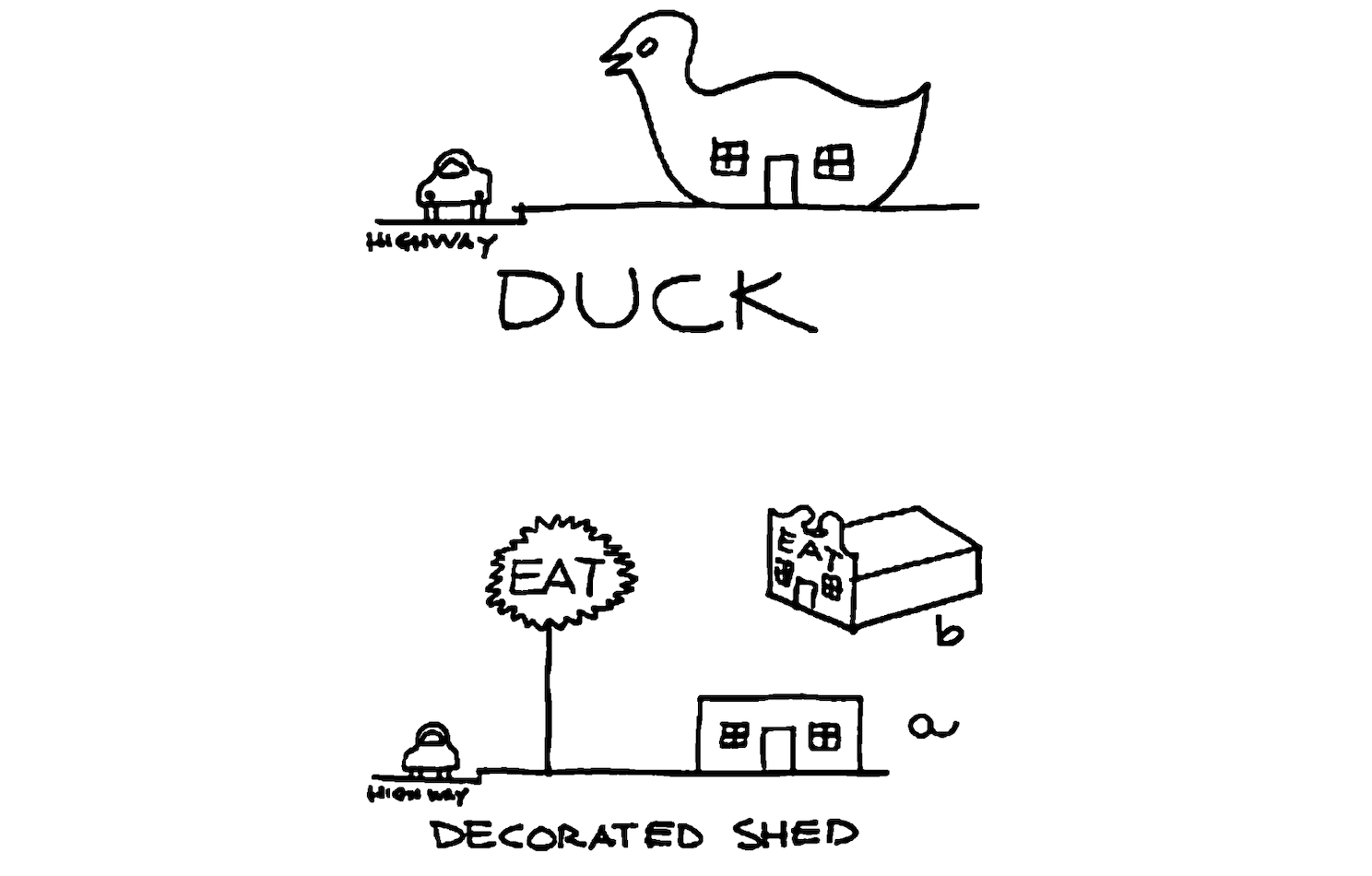
Denise Scott Brown and Robert Venturi: The decorated shed, Learning from Las Vegas.
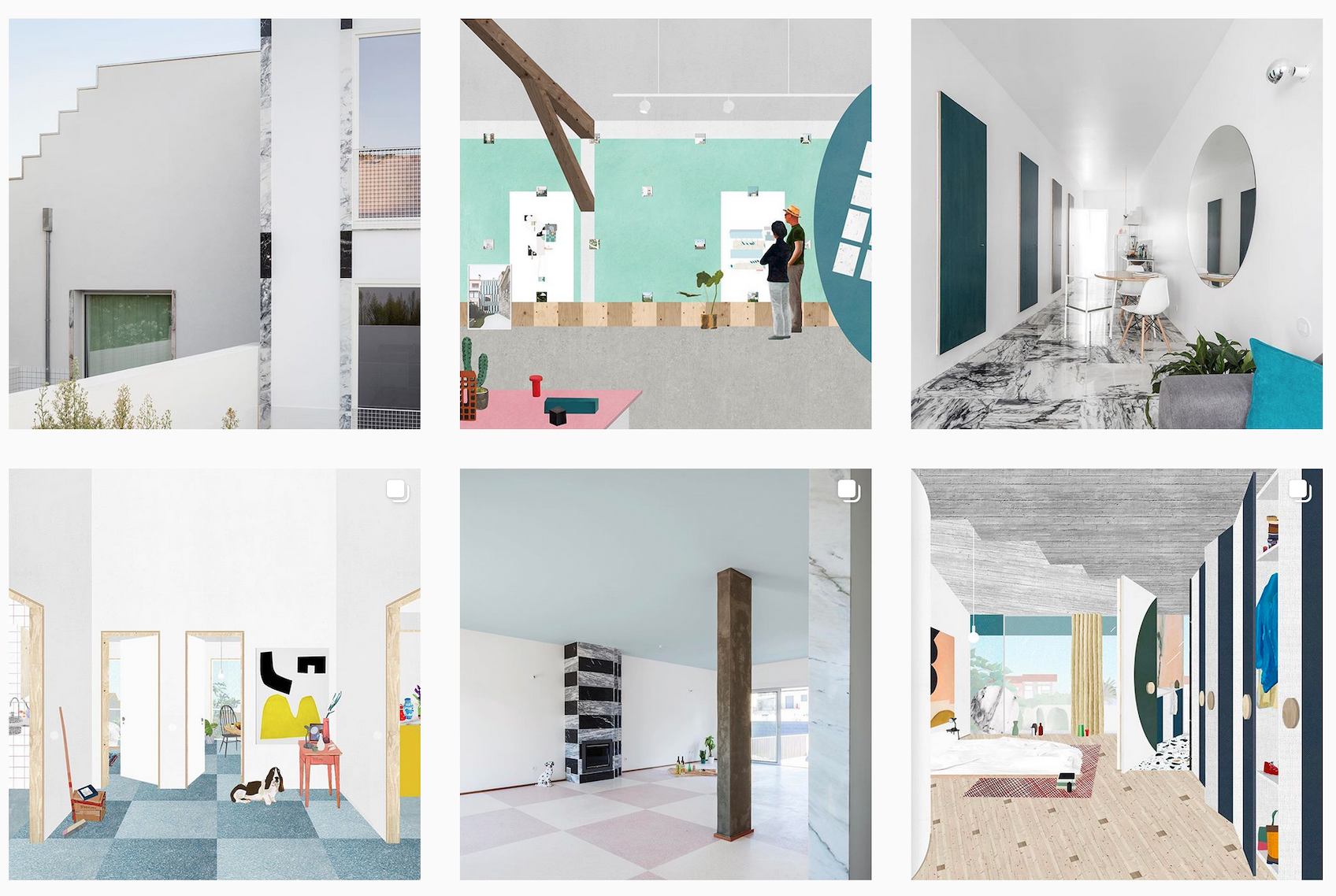
FALA: Collage and Reality
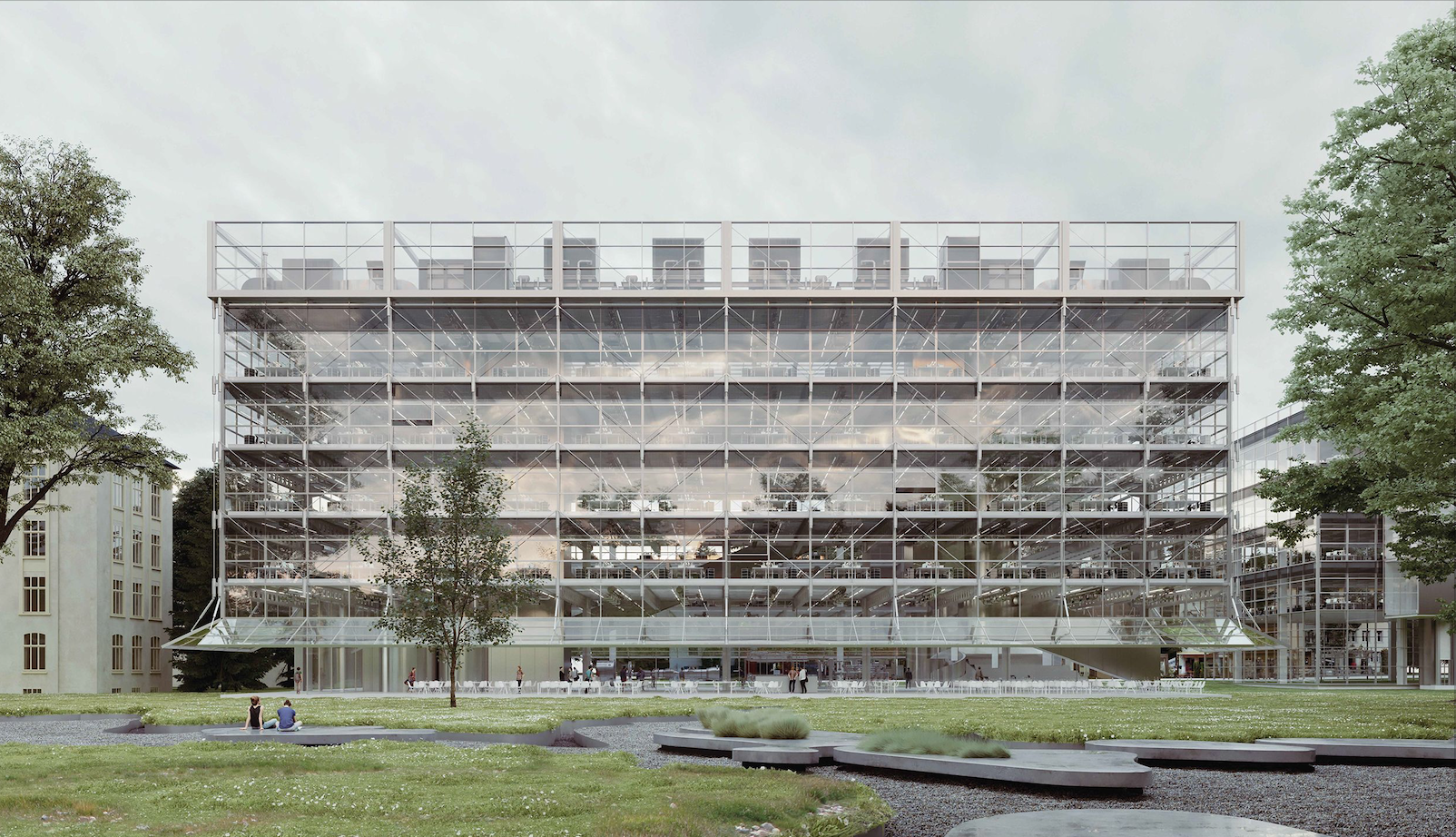
BRUTHER: Render and Reality
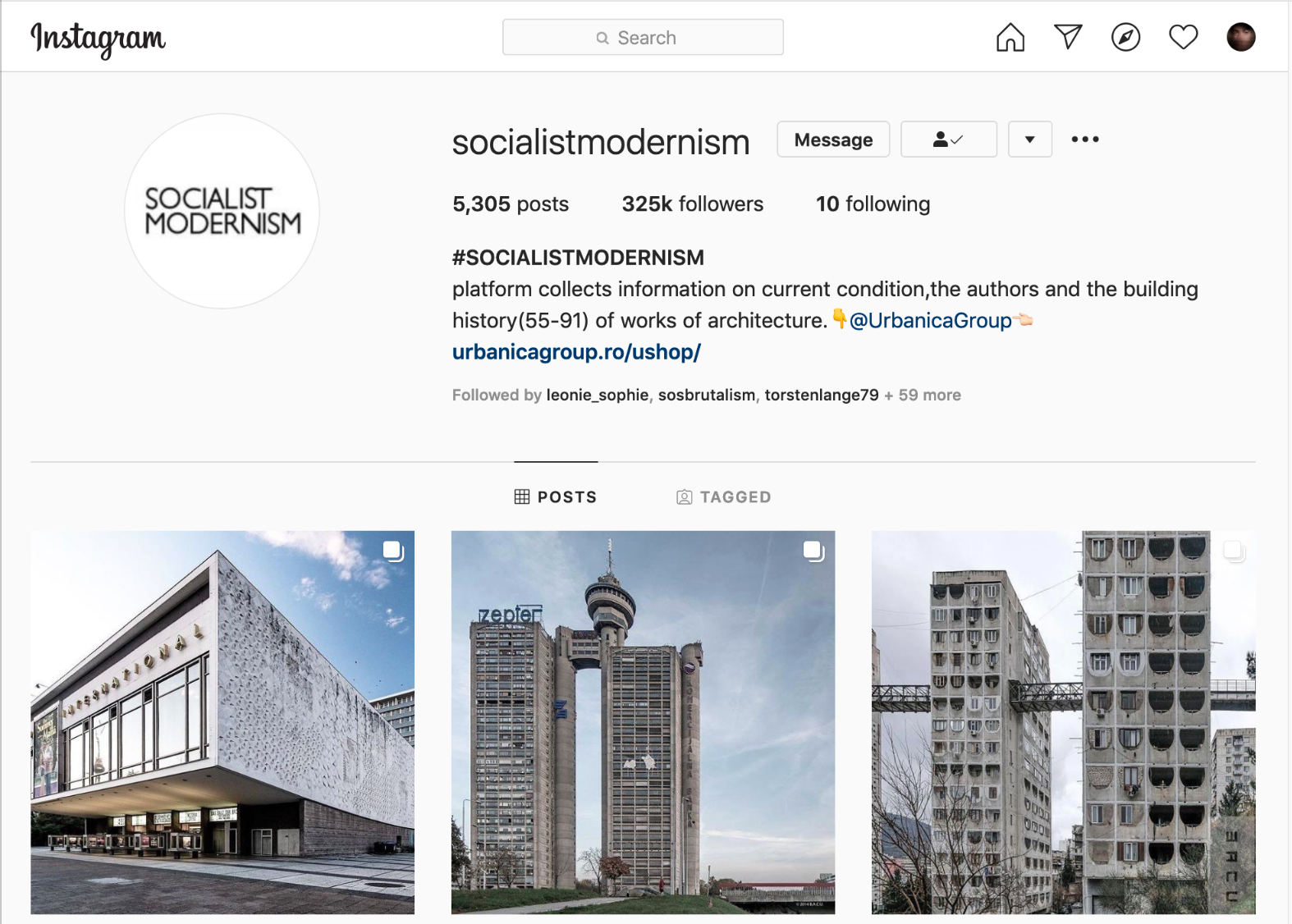
SOCIALSIT MODERNISM
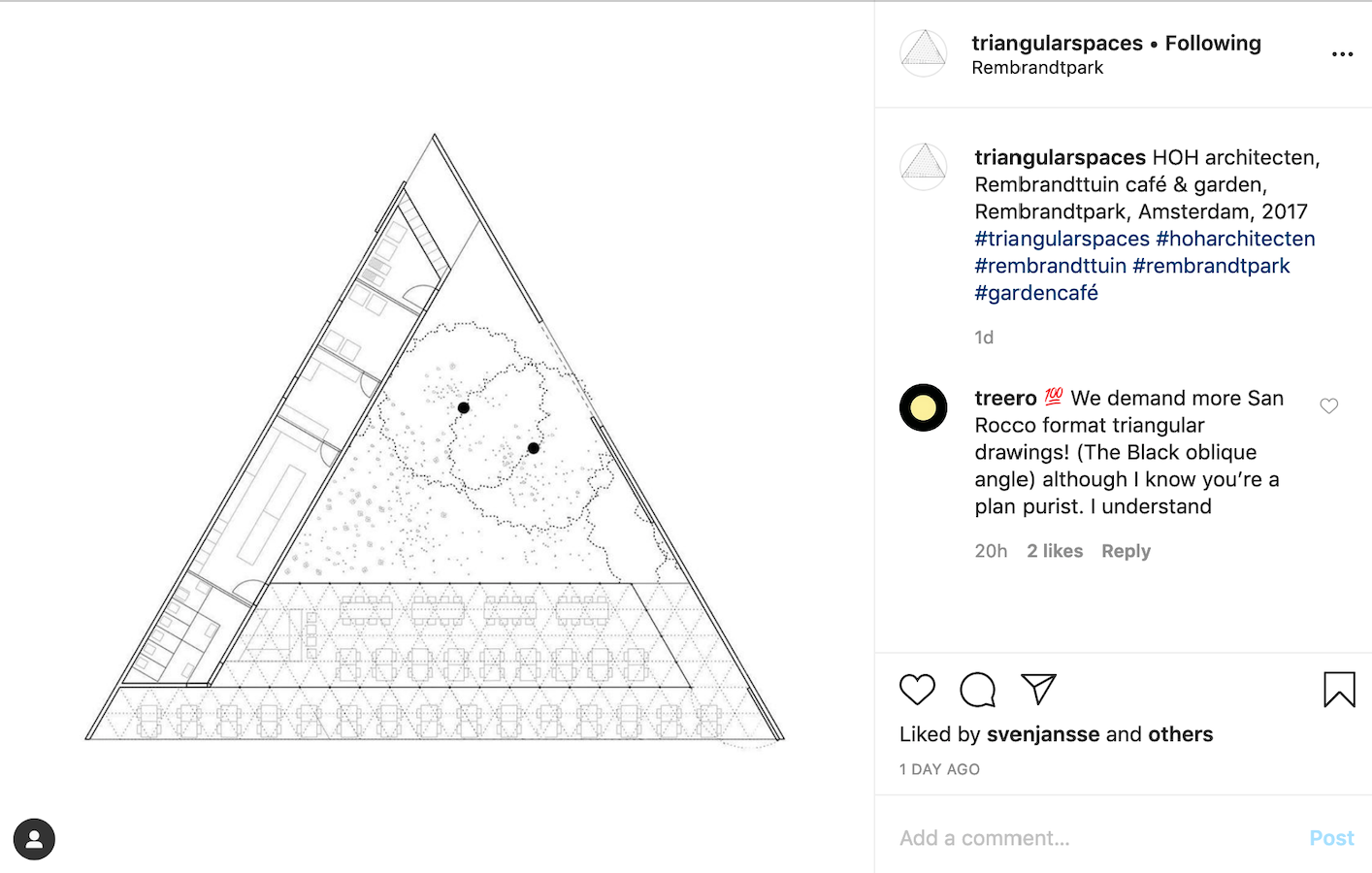
TRIANGULAR SPACES: graphical plans
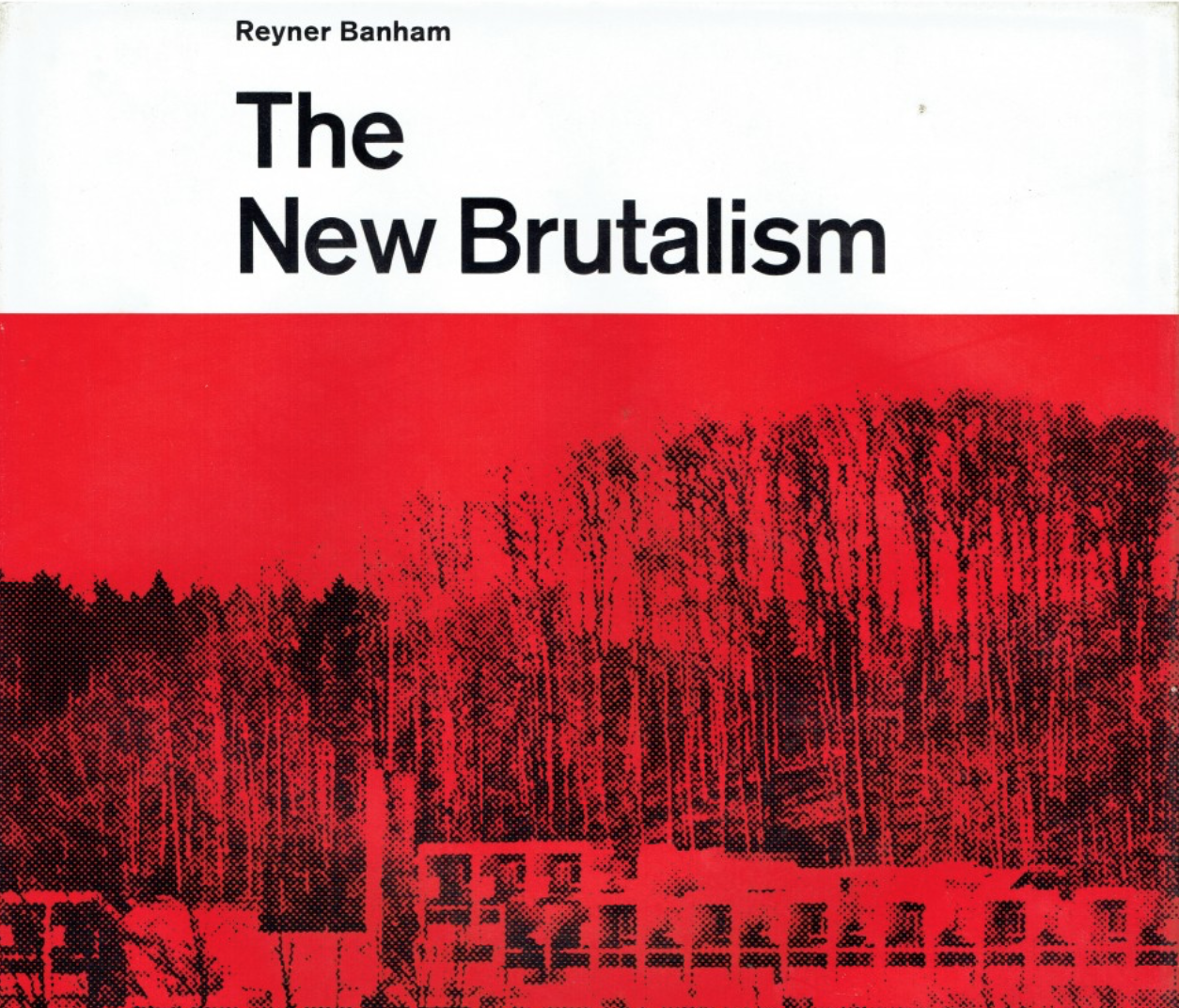
REYNER BANHAM The New Brutalism
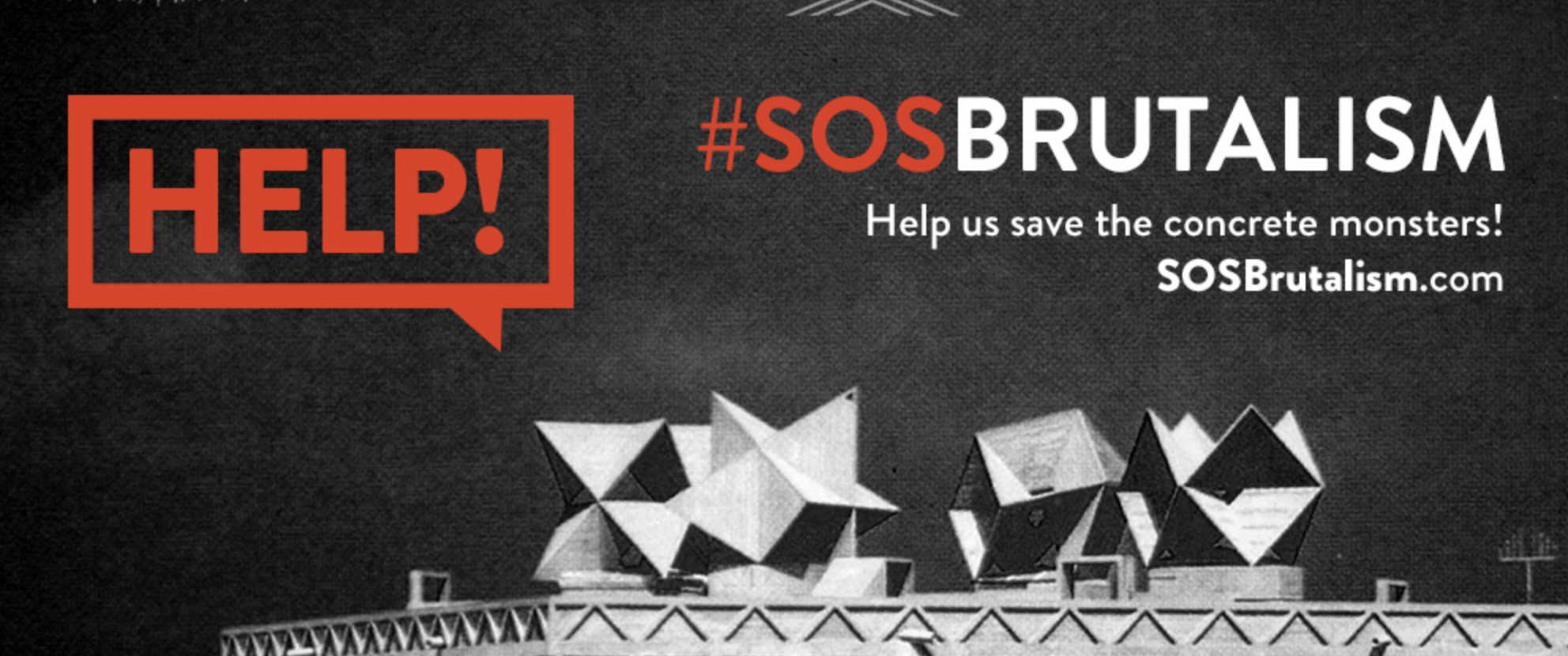
#SOSBRUTALISM
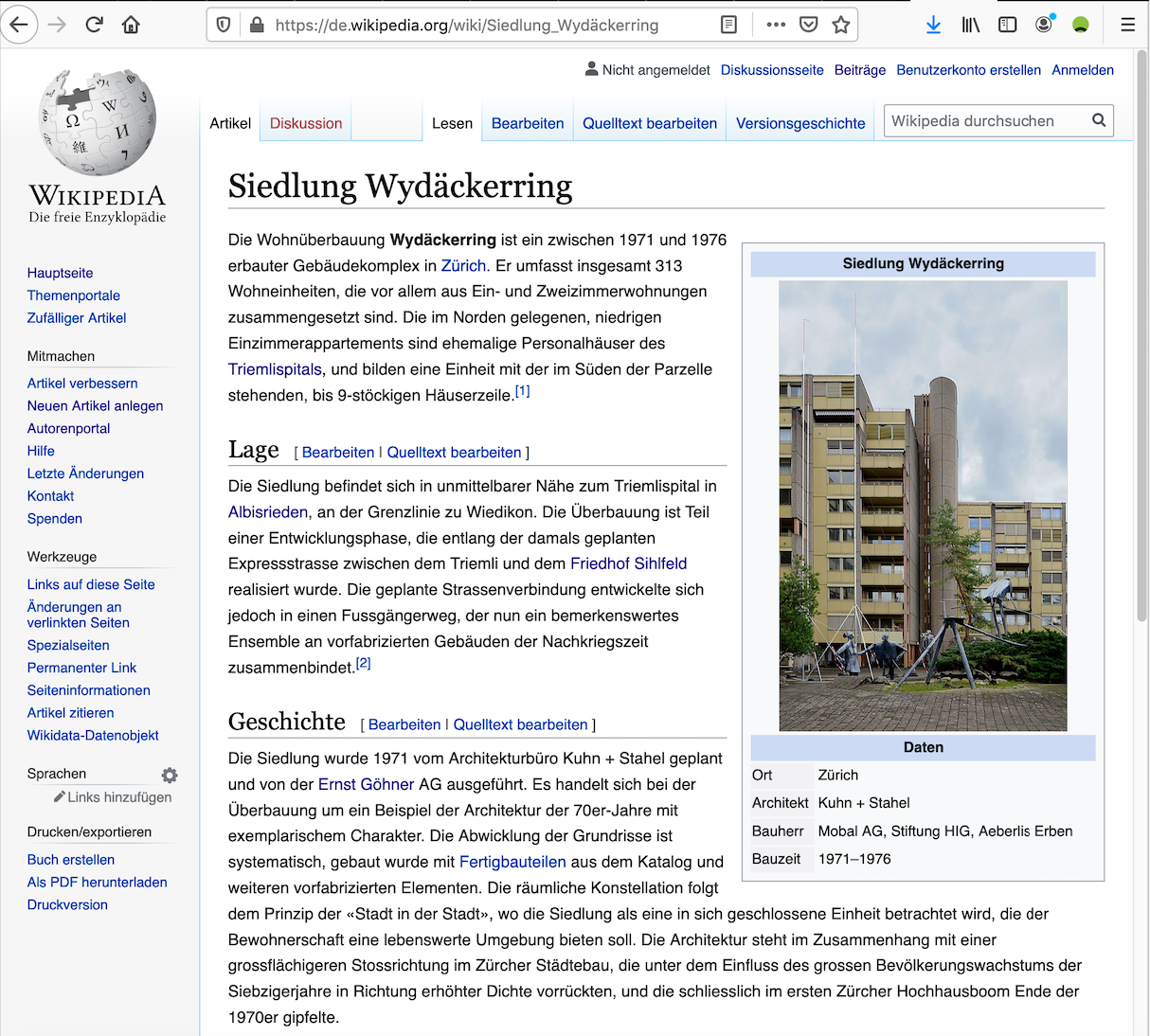
WIKIPEDIA: Siedlung Wydäckerring








